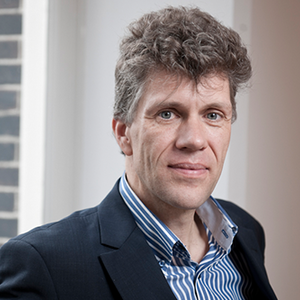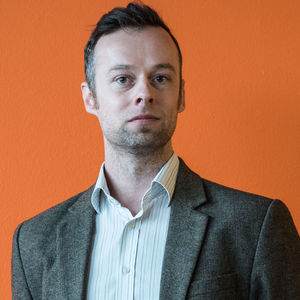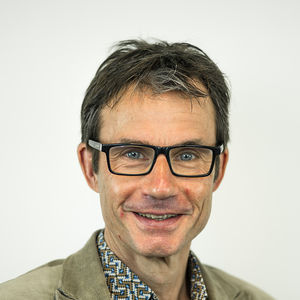Sources
Multiple renewable sources for heating must be combined to achieve a 100% renewable energy system. At TU Delft, we have a strong focus on Geothermal Energy and we work on the development of Solar Thermal Systems and on thermal energy from surface, drinking and waste water (Dutch acronyms TEO, TED and TEA).
-
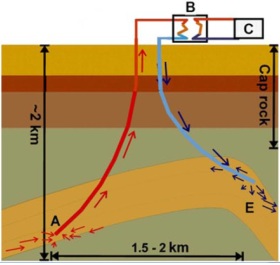
Geothermal energy is an attractive heat source for buildings and green houses, as it is a year-round, steady heat source to cover the base load. Geothermal heat can be extracted directly from the surface all the way to the limits of drilling technology, kilometres below the surface. Where temperatures reach above 100°C (> 4 km depth), geothermal energy can also be used for electricity generation. Though the number of geothermal well doublets in operation has been increasing over the last years, many fundamental questions related to the subsurface processes are still open. The limited understanding of often leads to operational problems such as poor injectivity, corrosion and clogging of installations.
TU Delft studies fundamental subsurface processes within the geological structures, resulting in a more accurate description of the geological properties and their changes over time. We develop (geophysical) monitoring of travelling fluid and identification of the cold front with surface and downhole measurements. In order to optimize the geothermal exploitation of adjacent doublets, we work on field development (play) concepts. We furthermore strive to improve the predictive power of flow models.
By increasing our knowledge about the subsurface processes and by enhancing our models and concepts, research at TU Delft will lead to optimized operations and a better prediction of the life time of a (set of) geothermal doublet(s). This is an important aspect towards up-scaling of geothermal operations, and thus for the business case of further installations.
On the website of the Theme of Geothermal Science and Engineering you can find all related research projects.
-
A vast use of photovoltaic, concentrated solar power and solar thermal technologies is anticipated to play a decisive role in the future energy landscape, considering that the conversion of solar energy becomes more efficient and cost-effective. A significant technological improvement must be achieved for solar thermal collectors in heating and cooling applications of industrial, commercial, residential and service sectors.
To enhance the efficiency of the collectors, the difficulties in the solar energy absorption and conversion have to be overcome. Therefore, TU Delft develops innovative fluids, containing nanoparticles in a base fluid that absorb solar radiation much more efficiently than the pure water or thermal oils used in current systems.
The nanofluids we develop have superior optical and thermo-physical properties, including thermal conductivity. However, achieving a broadband, especially full-spectrum, volumetric solar thermal absorption is still a daunting challenge, as well as the thermal stability of the nanofluids.
-
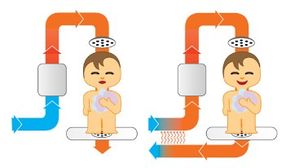
Thermal energy can also be extracted from surface water (Dutch acronym TEO), waste water (TEA), and drinking water (TED).
Heat from surface waters (TEO) is an economically attractive perspective for the built environment, especially in combination with seasonal storage in the underground (ATES).
TU Delft is working on an optimal design approach to avoid filter clogging and minimise maintenance of TEO installations. In addition, enhanced water temperature forecasts are required to optimise the operation of a TEO installation and new guidelines must be developed to support the permitting process for TEO installations, especially for the environmental impact of TEO.
Recovering heat from wastewater discharge (TEA) in households (e.g. showering, (dish)washing) poses opportunities for energy saving, both in individual households and in collective solutions. This wastewater is almost particle free and provides heat exactly at the place and time where/when hot water is needed.
At TU Delft, the research on TEA is focussed on the effect of heat exchangers in showers on energy savings and CO2 emission reduction. We also engage in social issues, e.g. how to convince people to decide for installation.
Drinking water that is produced from surface water (usually 1-25oC) can be used for cold and heat recovery. Cold recovery with the subsequent increase in drinking water temperature may enhance microbiological growth in the drinking water and enhanced biofilm development on the pipe walls.
At Delft, the research on TED is focused on the effects of cold recovery on the microbiological drinking water quality, i.e. the bacterial growth and the composition of the bacterial community as a function of the temperature increase.
On the website of the Theme of Geothermal Science and Engineering you can find all related research projects.
